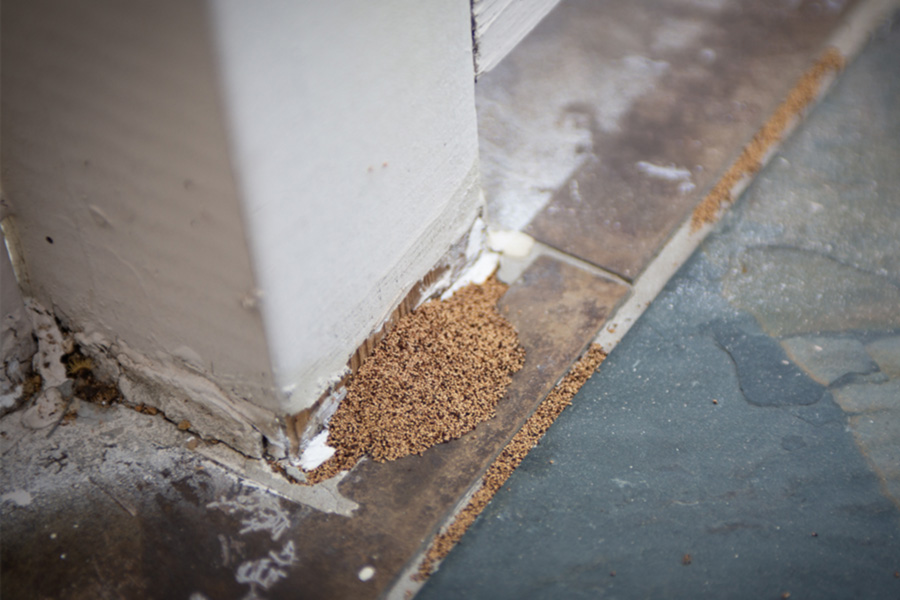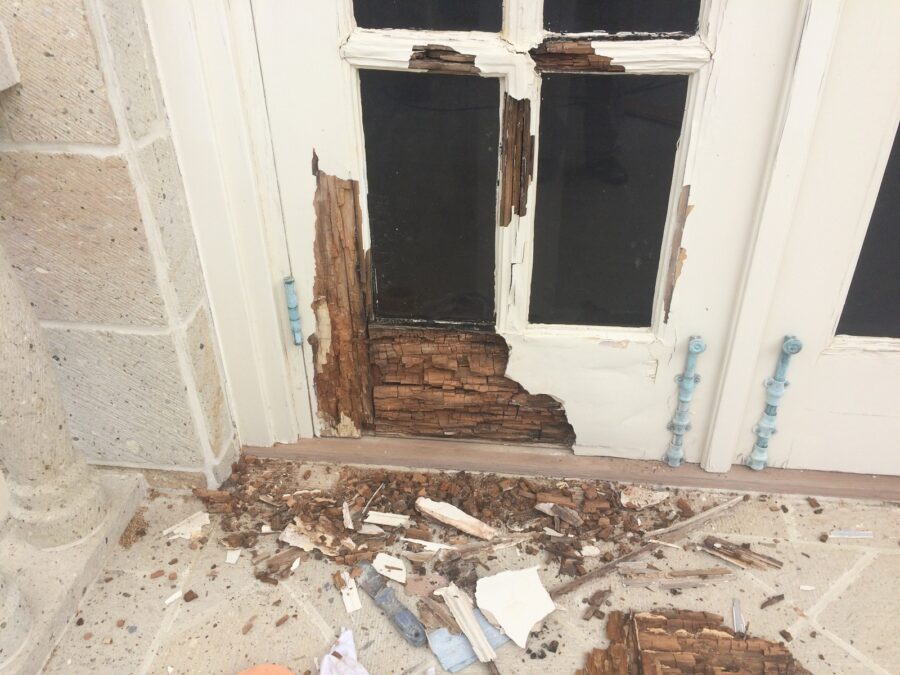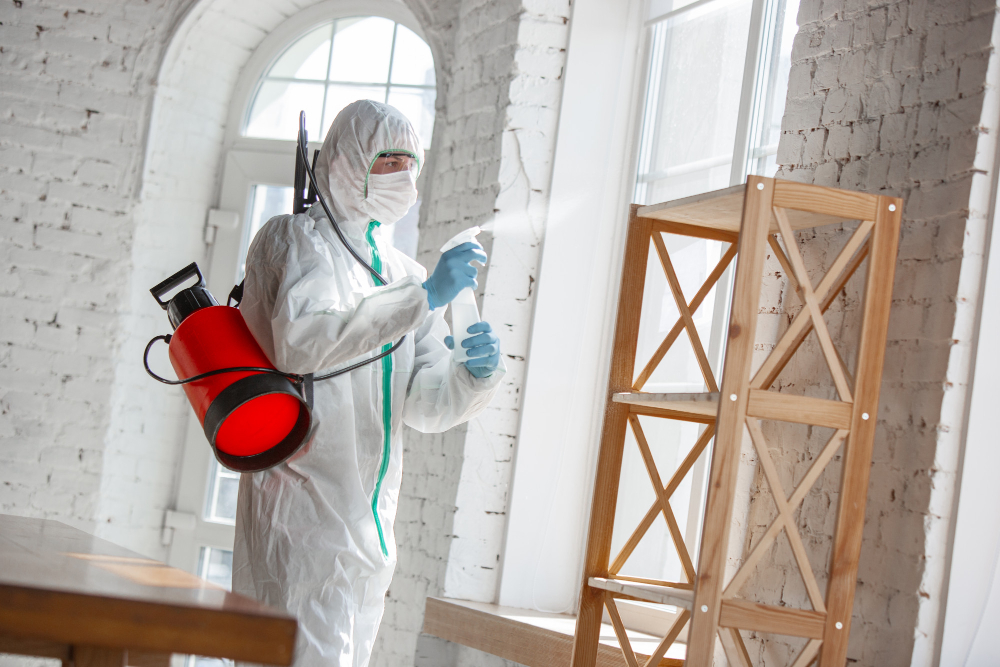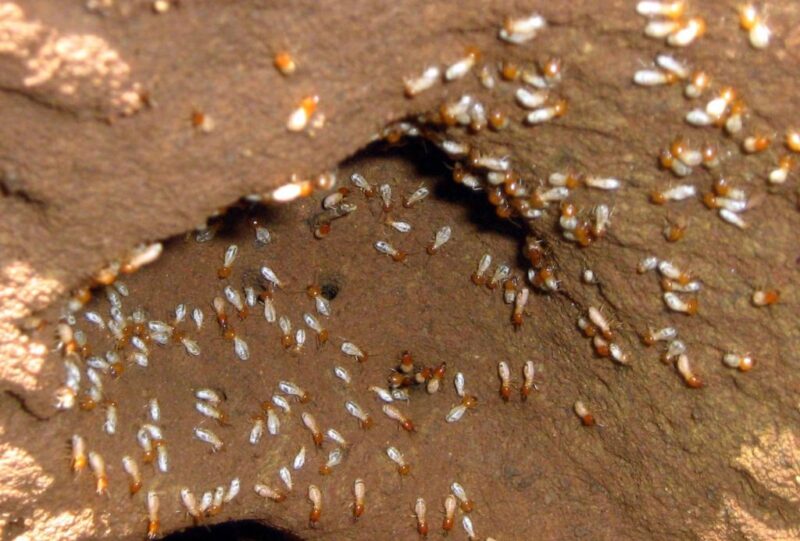Discovering that your home is infested with termites can be a homeowners worst nightmare. These tiny, wood-eating pests can wreak havoc on your property, compromising its structural integrity and leaving you with significant repair bills.
But dont panic just yet! With the right approach and knowledge, you can tackle this issue head-on. In this article, we’ll explore three essential tips to help you manage a termite infestation effectively.
From identifying the signs and symptoms to determining the best course of action, arm yourself with the information you need to protect your home and restore peace of mind.
Identify the Signs of Infestation

Identifying the signs of a termite infestation can be tricky, yet it’s crucial for protecting your home. Start by checking for mud tubes, which are small, pencil-sized tunnels that termites construct to travel between their nests and food sources. They often appear along walls, foundations, or even inside your home.
Pay attention to any hollow-sounding wood—knocking on wooden beams or furniture might reveal a troubling emptiness. Look for discarded wings, which signify an invasive swarm; these small, translucent remnants can often be found around window sills or near entry points.
Lastly, you may notice frass, a gritty fecal matter that resembles sawdust, accumulating under wooden structures—if you see this, it’s time to act swiftly. By being vigilant and aware of these signs, you can take proactive steps to safeguard your property from further damage.
Assess the Damage

Assessing the damage caused by termites is a critical first step in addressing an infestation. Begin by conducting a thorough inspection of your property, paying close attention to wooden structures, beams, and even furniture, as these pests are notorious for their insatiable appetite for cellulose.
Look for signs of hollowed wood, small piles of sawdust, and frass, which are telltale indicators of termite activity. It’s imperative to identify not only the extent of the damage but also the species of termite involved, as some, like the drywood variety, can cause significant destruction much faster than their subterranean counterparts.
Once you’ve gathered this information, document your findings carefully; detailed records will be invaluable for pest control professionals as they formulate an effective treatment plan. Remember, early detection and assessment can save you from costly repairs down the line, so don’t underestimate the importance of this crucial step.
Choose the Right Treatment Options

Choosing the right treatment options for termite infestations can feel overwhelming, but its essential to tackle the problem effectively and swiftly. First, assess the extent of the damage; is it localized or widespread? Spot treatments, like using targeted insecticides, can be ideal for minor infestations, while larger issues may necessitate tenting the entire structure for a comprehensive fumigation approach.
Dont overlook the significance of preventative measures as well; incorporating barrier treatments and regular inspections can safeguard your property against future incursions. Consulting with a pest control professional is often beneficial—they possess the expertise to recommend tailored solutions that are suitable for your specific situation, ensuring that you address the termites thoroughly while minimizing harm to your home and the environment.
Remember, timely and informed decisions could save you both time and money in the long run; so, take a moment to weigh your options wisely.
Conclusion
In conclusion, discovering termites in your home can be a daunting experience, but addressing the issue promptly with the right strategies can help safeguard your property. By understanding the signs of infestation, taking immediate action, and consulting with professionals, you can effectively manage and eliminate these pests.
Remember, termite tenting is a viable option for severe infestations, providing a thorough solution to reclaim your space. Stay vigilant and proactive in your pest management efforts to protect your home from future infestations and ensure a safe, pest-free environment for you and your family.


